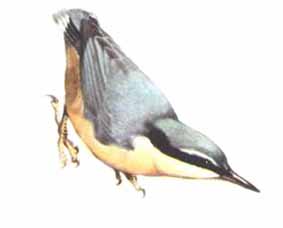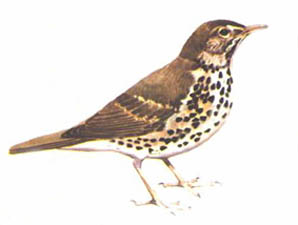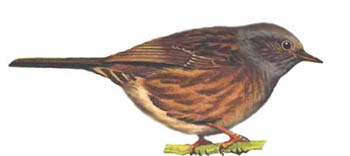
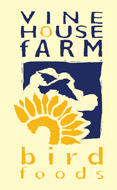 |
This page is made possible by the kind sponsorship of Vine House Farm bird foods | ||||||
|
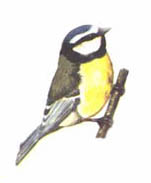 Blue Tit |
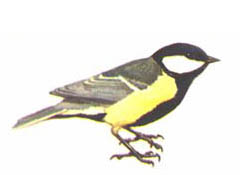 Great Tit |
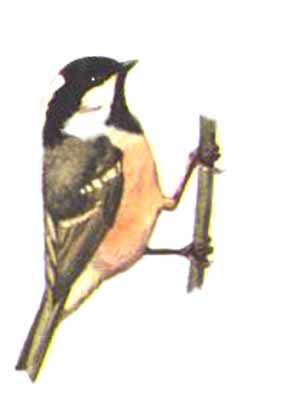 Coal Tit |
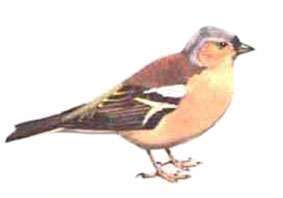 Chaffinch |
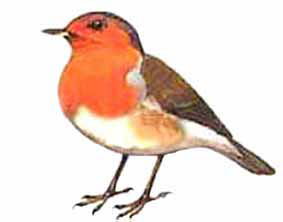 Robin |
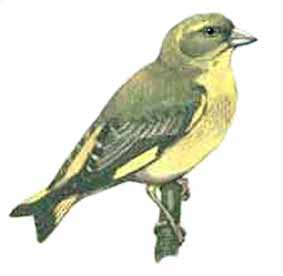 Green Finch |
|
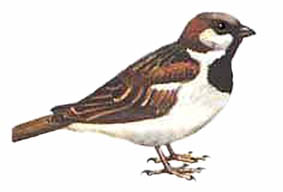 House Sparrow |
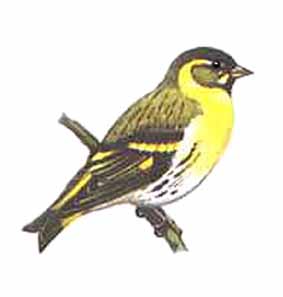 Siskin |
|
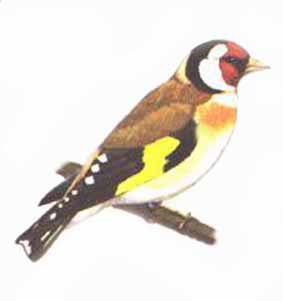 Goldfinch |
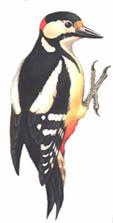 Great Spotted Woodpecker |
|
||
| Our
thanks to the RSPB for the bird information on this page. Follow this link for more help with identifying birds |
||
